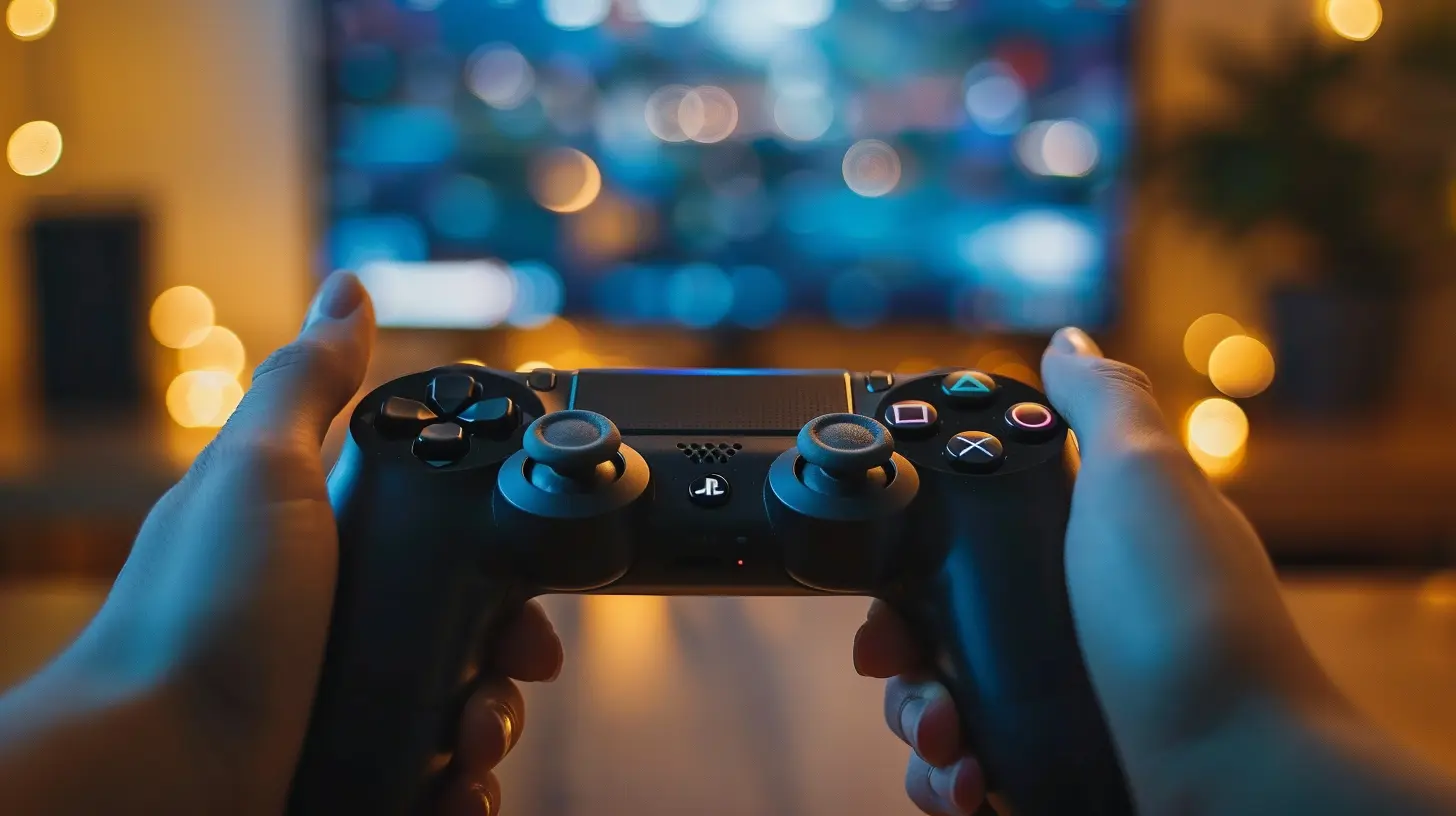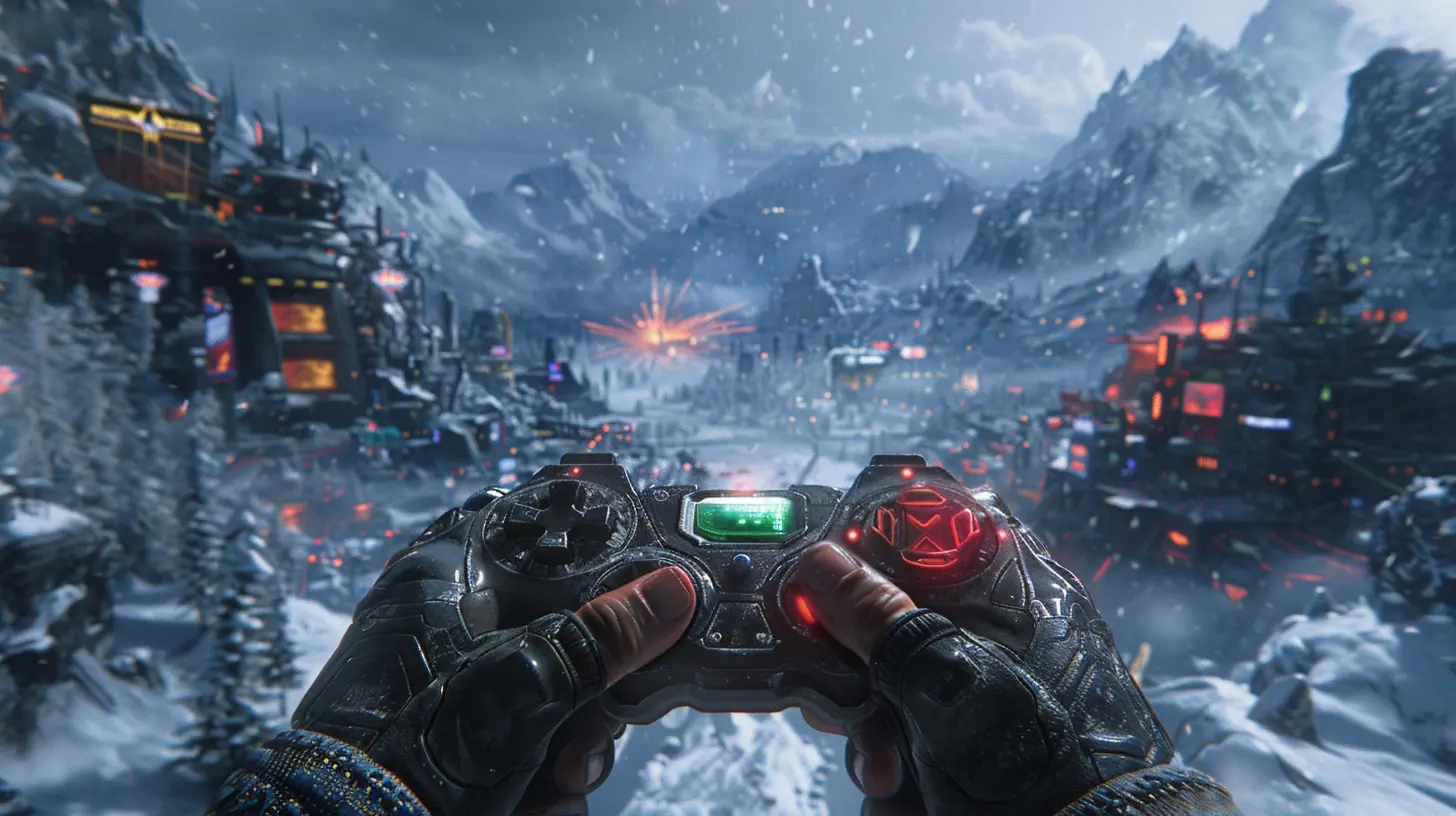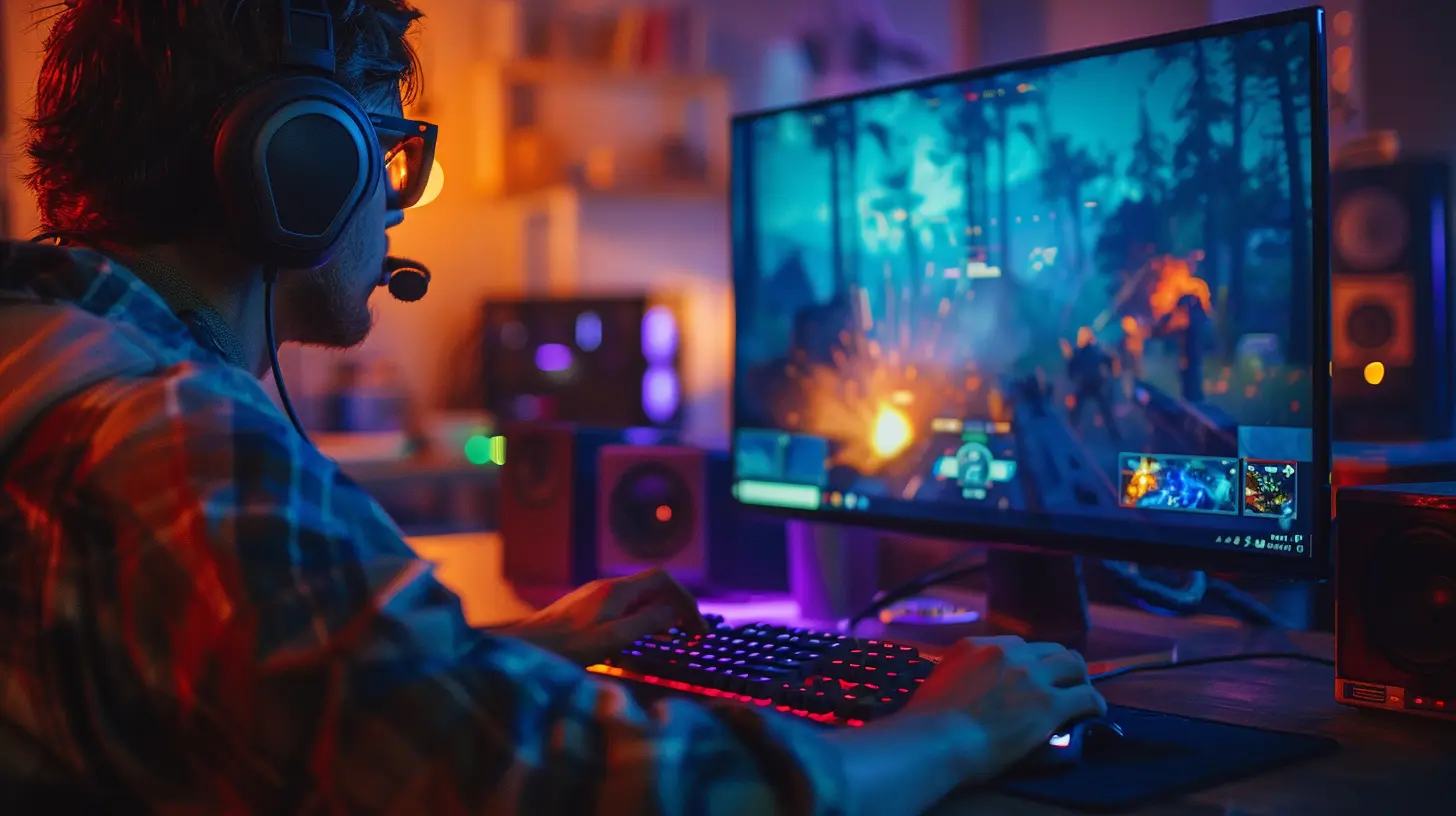A Guide to Customizing Controls in PC Games
8 August 2025
There’s nothing worse than jumping into a new game on your PC, only to find the default controls feel awkward or unintuitive. Whether you’re a seasoned gamer or a complete newbie, learning to customize game controls can make a world of difference. Think of it like rearranging your furniture – if it’s not set up the way you like, it’s harder to feel comfortable. The good news? Tweaking your controls is usually quick and painless, and it can massively boost your gameplay experience.
In this guide, we’ll walk you through the ins and outs of customizing controls in PC games. From adjusting keybinds to tweaking mouse sensitivity, we’ve got you covered. By the end, you’ll not only know how to make the controls uniquely yours but also understand why it’s worth investing the effort.
Why Customize Game Controls?
Picture this: you're in the middle of an intense boss fight, and instead of dodging, you accidentally open your inventory. Frustrating, right? This happens because default controls aren’t tailored to you. Developers try to create a one-size-fits-all setup, but we all have different preferences and playstyles.Customizing controls ensures that every action is mapped in a way that feels natural to you. Whether you’re left-handed, use a specialized gaming mouse, or have a unique strategy for certain games, adjusting the controls is like putting on a pair of shoes that actually fit. It just feels right. Plus, fine-tuned controls can improve reaction times, accuracy, and overall enjoyment.
Getting Started: General Steps to Customize Controls
Every game is a little different, but here’s a broad roadmap to help you get started:1. Access the Settings Menu
The first stop for customizing controls is the settings menu. On most PC games, you can find this option on the main menu or by pressing the `Esc` key during gameplay. Look for a section labeled "Controls," "Keybinds," or "Input Settings."2. Understand the Default Layout
Take a quick look at the default keybinds or button assignments to see how the game is currently set up. This gives you a baseline to work from. Many games also display the controls on their pause screen, which can be handy for mid-game adjustments.3. Identify Actions to Rebind
Think about the in-game actions you perform most frequently. Do you sprint a lot? Use grenades often? Alternatively, is there a specific command or button combination that feels awkward to reach? Focus on fixing these first.4. Rebind Keys or Buttons
Select the action you want to change, then press the key or button you’d prefer to use instead. In most cases, the game will instantly update the assignment. Keep in mind, some games won’t allow duplicate bindings, so watch out for conflicts.5. Save and Test
Once you’ve finished rebinding, save your changes and jump into a game session to test things out. Don’t hesitate to tweak further if something still feels off. It’s all about trial and error!
Key Tips for Customizing Controls Like a Pro
Okay, so you’ve got the basics down. Here are some extra tips to help you nail the perfect setup:1. Consider Ergonomics
Comfort is king. Strain on your fingers or wrist can seriously ruin a good gaming session. Stick to buttons and keys that are easy for you to access without stretching awkwardly. If you have a gaming keyboard or mouse with extra buttons, take advantage of them!2. Stick to Muscle Memory
Ever tried switching from QWERTY to another keyboard layout? It’s like trying to write with your non-dominant hand. Awkward! The same applies to keybinds. When customizing controls, try to keep actions consistent with other games you play. For example, if you’re used to crouching with `Ctrl`, stick with that instead of suddenly assigning it to `Alt`.3. Balance Simplicity and Precision
Don’t make the controls more complex than they need to be. For example, if you rarely crouch in a shooter, there’s no need to assign it to a fancy mouse button. Save your premium buttons for high-priority actions, like switching weapons or activating abilities.4. Use Presets as a Starting Point
Many games offer pre-configured control schemes (e.g., FPS, MOBA, or driving presets). While these aren’t perfect, they’re a good starting point, especially if you’re overwhelmed by the idea of completely remapping everything.5. Don’t Forget About Sensitivity Settings
Keybinds aren’t the only thing you can customize. Mouse sensitivity, scroll speed, and joystick dead zones can all be tailored to your liking. If you’re a sniper in an FPS game, for example, dialing in a lower sensitivity might improve your accuracy.
Troubleshooting Common Issues
Sometimes, it’s not all smooth sailing. Let’s tackle a few common hiccups:1. Conflicting Keybinds
A classic problem! Many games won’t let you assign the same key to multiple actions. If you’re stuck, try consolidating less frequently used actions onto a single button.2. Accidental Resets
Ever spend 20 minutes perfecting your keybinds, only to lose them because you forgot to hit "Save"? It’s a rite of passage, really. Always double-check that your changes are saved before exiting the menu.3. Game Doesn’t Support Customization
Some games (looking at you, older titles) don’t offer built-in options to remap controls. In this case, you can use third-party software like AutoHotkey or external gamepads with remapping capabilities to bypass these limitations.Examples of Popular Game Control Tweaks
Let’s look at specific genres and the control tweaks that can elevate your gameplay:First-Person Shooters (FPS)
- Swap the crouch (`Ctrl`) and sprint (`Shift`) keys for easier access.- Assign grenades or melee attacks to mouse-side buttons for quick reflexes.
- Adjust mouse sensitivity to find your sweet spot – not too slow, not too jittery.
Role-Playing Games (RPGs)
- Bind inventory and map buttons to easy-to-reach keys like `Tab` or `M`.- Use macros if your keyboard supports them to trigger multiple abilities with one key press.
- Consider rebinding movement keys, like switching from `WASD` to `ESDF`, for extra room to map abilities around them.
Racing Games
- If you’re using a keyboard, reassign acceleration and braking from `W` and `S` to the arrow keys for finer control.- For racing wheel setups, tweak dead zones to ensure precise steering.
Benefits of Customizing Controls
Still on the fence? Let’s sum it up. Customizing controls isn’t just about convenience – it’s about empowerment. When the controls are tailored to your preferences, you feel more in command. It’s like upgrading from a standard car to one with all your favorite features – heated seats, a booming sound system, and that perfect steering wheel height. You’ll notice improvements in response time, comfort, and overall performance.Wrapping It Up
Customizing controls in PC games is one of the easiest ways to boost your gaming experience. Sure, it takes a little time upfront, but the payoff is totally worth it. Remember, the key (pun intended) is personalization. What works for one person might not work for you, and that’s okay. Experiment, adjust, and find the setup that feels second nature. Once you’ve got everything dialed in, you’ll wonder how you ever played without it.So, what are you waiting for? Go ahead – open those settings, start tweaking, and level up your gaming experience!
all images in this post were generated using AI tools
Category:
Pc GamesAuthor:

Avril McDowney
Discussion
rate this article
1 comments
Fletcher Wilcox
Customizing controls: because who wouldn’t want to jump with ‘J’ and shoot with ‘P’? Gaming revolutionized!
August 25, 2025 at 3:57 PM

Avril McDowney
Thanks for your comment! Customizing controls really can enhance gameplay and make it uniquely yours. Happy gaming!


